Space
Jupiter: NASA Shares Mysterious Updates
The mysterious planet and its moon Europa have sparked curiosity among astronomers and space enthusiasts
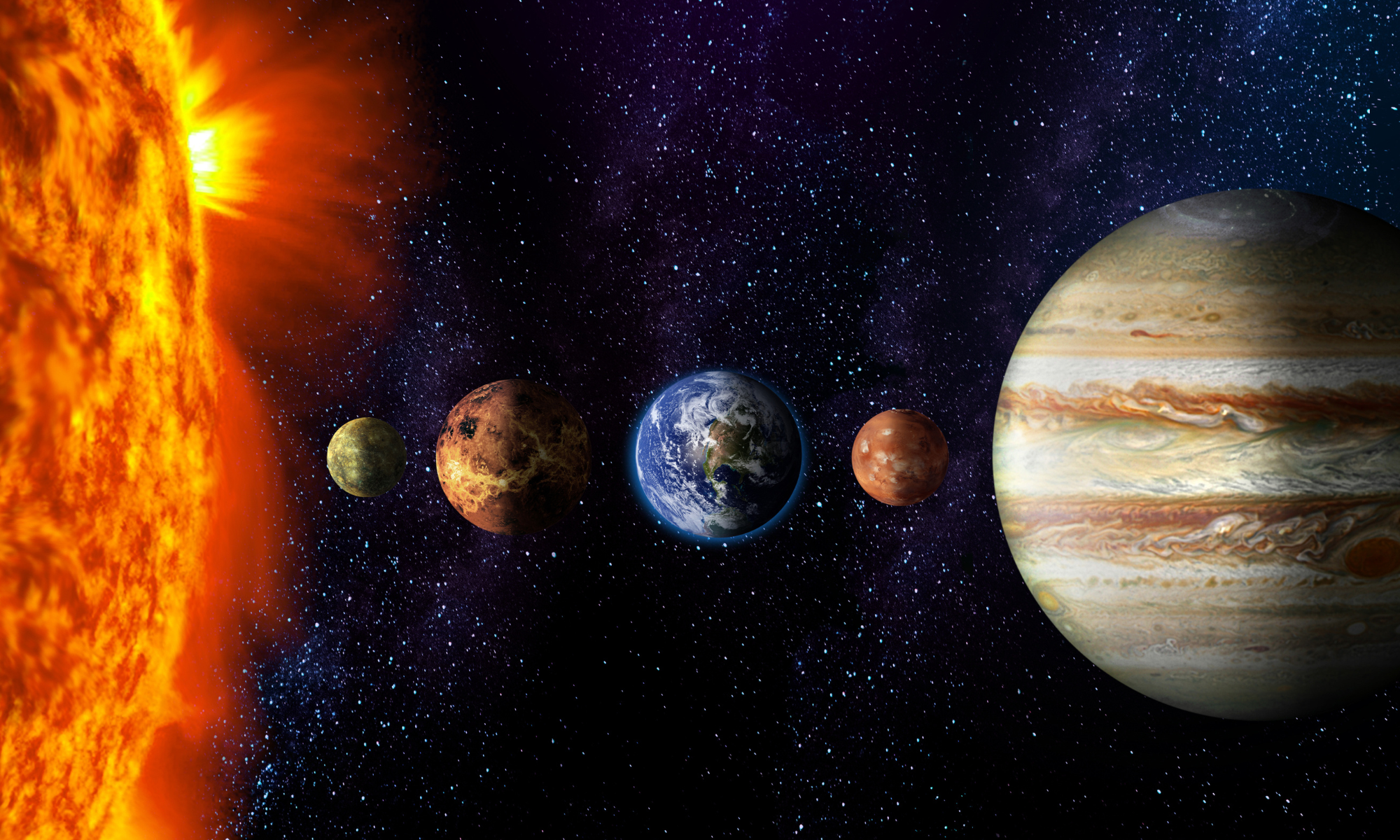
Jupiter is full of mysteries. Did you know that the Great Red Spot on the giant planet is actually a storm that hasn’t stopped for nearly hundreds of years? Did you also know that Jupiter has more than 75 natural satellites or “moons”? Although it is difficult for any organism to exist on Jupiter, that may not necessarily be the case if we start talking about some of its moons; Europa for instance.
Temperature fluctuations on Jupiter
Jupiter’s troposphere is indeed a very odd region. It is the region where astronomers regularly witness the formation of clouds and storms. Data collected by NASA’s historic space missions reveal that the lighter bands or “zones” in the Jovian troposphere experience relatively lower temperatures, whereas the darker bands or “belts” experience relatively higher temperatures. A recent paper published in Nature Astronomy reveals something truly intriguing: Jupiter’s tropospheric temperatures periodically go up and down, but aren’t connected to any of the known Jovian cycles or “weak seasons.” Moreover, the published report also sheds light on mysterious temperature shifts. Temperatures rise at specific latitudes in the northern hemisphere, but fall at the same exact latitudes in the southern hemisphere. Why does that happen? NASA has no answers at the moment. This interesting study is based on data collected over a period of four decades.
Alien life on Europa?
According to astrobiology experts, Jupiter’s moon Europa may have conditions that are conducive to alien life forms. How is that possible? Well, first of all, Europa presumably has a water body beneath its icy shell. Moreover, a recently published modeling study demonstrates that comets making an impact on the surface of Europa might be able to transport life-supporting ingredients from Europa’s surface to the water body hidden underneath. The same theory arguably holds true even for Saturn’s moon “Titan.”
What is astrobiology? Life may exist on another planet, it’s moon, or somewhere else in the universe. Astrobiology primarily pertains to the study of life across the universe. Using an interdisciplinary approach, astrobiologists explore the possibility of life beyond our lovely planet. Would you like to become an astrobiologist? Just visit the NASA website and search for astrobiology. You will come across a list of universities offering programs in this truly mind-boggling field.
Meanwhile, according to a paper published in Science Advances, sulphur dioxide, upon exposure to high-energy radiation, can undergo ionization and eventually generate molecular oxygen. Scientists believe that this could be the likely abiotic mechanism of oxygen generation on Europa. Yup! Europa has oxygen too…
Key takeaways
- Earthlings are presumably not the only life forms in this universe.
- The largest of our pains appear negligibly small when we look at the (gigantic) scale of our universe. Feeling sad? Grab some salad (and/or broccoli) and watch a NASA documentary.
Main reference
Journal: Nature Astronomy | Title: Unexpected long-term variability in Jupiter’s tropospheric temperatures | DOI: 10.1038/s41550-022-01839-0
On a completely different note, scientists have recently been able to produce solar fuel by drawing inspiration from photosynthesis.

Space
NASA’s Webb Telescope Finds Carbon in the Orion Nebula
Landmark paper published in Nature reports the detection of carbon in outer space
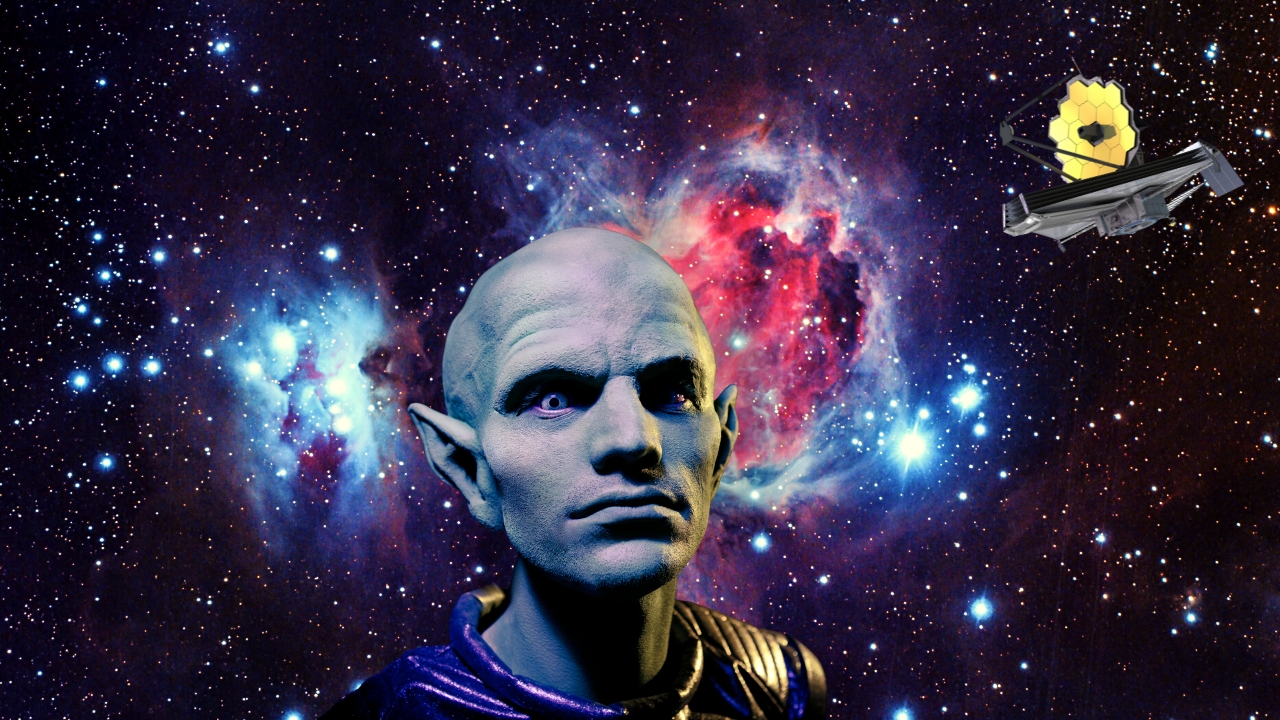
A landmark paper published in the reputed journal Nature reports the detection of carbon (more specifically, a “methyl cation”) in the Orion Nebula. The Orion Nebula is located at a distance of 1,350 light-years from our planet. Space scientists made this stunning discovery using NASA’s James Webb Space Telescope. This discovery has created a big wave in the field of astronomy. The findings have generated so much interest that the journal Nature has decided to grant early access to the unedited manuscript.
What is so remarkable about the carbon cation?
The methyl cation consists of a positively charged central carbon atom that is bound to three hydrogen atoms via covalent bonds. This carbocation is highly reactive. In fact, its high reactivity makes it a key player in interstellar chemistry. In other words, the methyl cation (under the right conditions) can facilitate the formation of extremely complex organic compounds in outer space. The presence of this carbon cation, therefore, has huge implications in the fields of space research, astrochemistry, and astrobiology.
How exactly did scientists use the Webb Space Telescope?
According to NASA, the unique capabilities of the James Webb Space Telescope paved the way for this stunning space discovery. For instance, the space telescope is equipped with a NIRCam (Near-Infrared Camera) that is capable of capturing light ranging in wavelength from 0.6 to 5 microns. Scientists were able to detect a series of key emission lines that are characteristic to the methyl cation, using this space telescope. NASA’s James Webb Space Telescope orbits the Sun. It is 1.5 million km away from our planet. A multidisciplinary team headed by Principal Investigator Prof. Marcia Rieke has been responsible for the creation of NIRCam. Prof. Rieke received her undergraduate/graduate degrees in physics from the renowned Massachusetts Institute of Technology.
Why is the presence of carbon in outer space so astonishing?
Life is primarily the manifestation of thousands of physiologically relevant biomolecules with carbon backbones (e.g., lipids, carbohydrates, nucleic acids, and proteins). A simple reaction or a series of reactions can produce organic compounds that are biologically relevant. An entire branch of science (“organic chemistry”) is dedicated to the study of carbon-based compounds that also contain elements such as hydrogen, oxygen, nitrogen, phosphorus, and sulphur. By the way, did you know that organic chemists routinely synthesize highly effective carbon-based pharmaceutical drugs using a series of carefully designed chemical reactions? Did you also know that the element “phosphorus,” recently detected on Saturn’s moon “Enceladus,” is present in biologically relevant organic compounds such as DNA and ATP?
So now you know why the presence of a methyl cation in the Orion Nebula is so epic, unusual, and mind-boggling!
Reference: Nature | DOI: 10.1038/s41586-023-06307-x
P.S.: Underwater volcanoes have the potential to produce thousands of lightning flashes in the atmosphere. Check out this post to learn more.
SciTechVault.com reviews, simplifies, and communicates research that matters. We diligently go through published (high-quality) scientific research from across disciplines, understand the underlying concepts, and authoritatively communicate the same to our target audience in a unique, simplified, and engaging manner. We also create scientific content for our YouTube channel. Did you get a chance to check out some of our recent scientific communications?
Space
Amino Acid Tryptophan Found 1,000 Light-Years Away
Life-sustaining organic compound detected in outer space
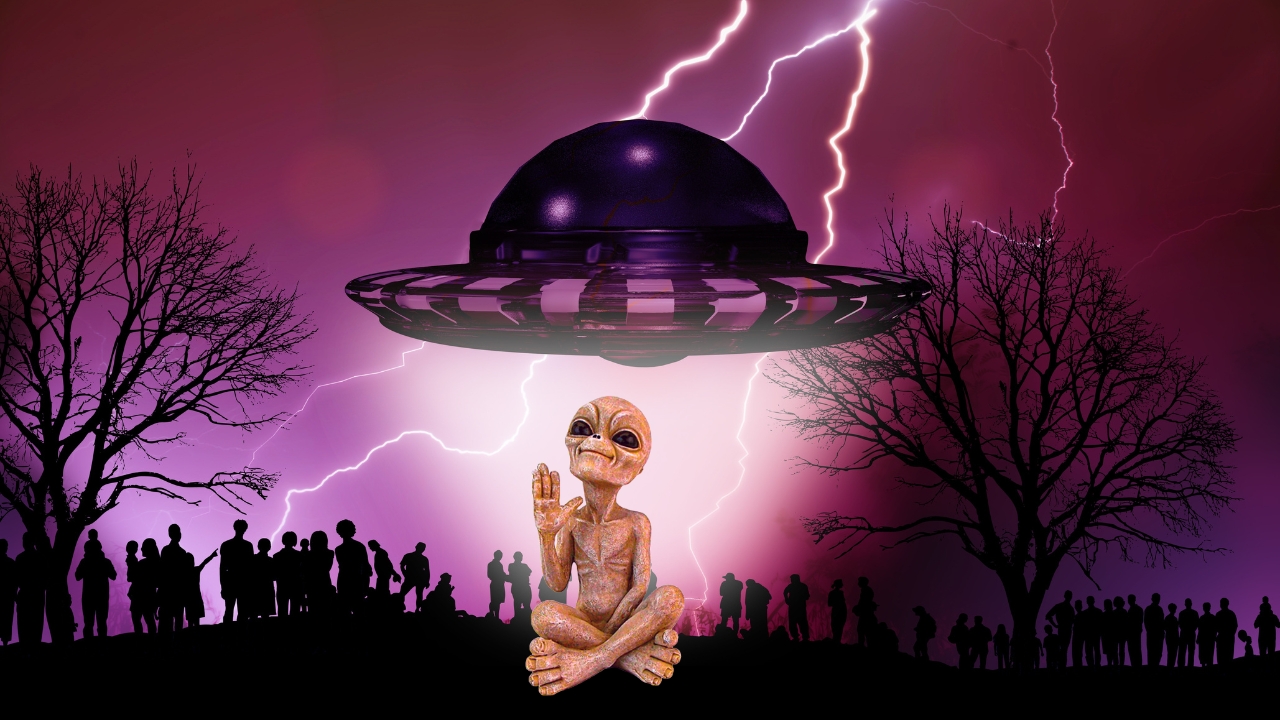
Researcher Susana Iglesias-Groth from Spain has shown that the essential amino acid “tryptophan” is present in the cluster “IC 348.” Dr. Iglesias-Groth came to this conclusion after observing spectra obtained from the Spitzer Space Telescope. NASA had designed this space telescope to observe the universe in the infrared portion of the electromagnetic spectrum. “IC 348” is a young star cluster located in the constellation “Perseus” and is nearly 1,000 light-years away from our planet. In other words, the light that we observe from IC 348 today actually commenced its journey approximately 1,000 years ago!
What exactly is tryptophan?
Tryptophan (Trp) is an “essential” amino acid. It cannot be synthesized by the human body and must therefore be obtained from dietary sources. Trp is involved in various physiologically relevant functions such as neurotransmitter and vitamin B3 synthesis. Trp and its metabolites regulate the immune system and also play a key role in promoting growth and development. Besides, Trp facilitates the synthesis of the important neurotransmitter “serotonin,” which gets further converted into the hormone “melatonin.” Researchers already know that melatonin helps regulate our sleep-wake cycles.
What is Trp doing in outer space?
Astrobiologists and astronomers are intrigued by the presence of organic compounds, including amino acids such as Trp, in outer space. So, do organic compounds, in some way, support life in outer space? Do aliens exist somewhere in this vast universe?” Question like these currently have no definitive answers. However, scientists tend to believe that environments rich in life-sustaining organic compounds provide valuable information about the chemical reactions that occur in the universe and how these reactions could potentially support life in outer space. Moreover, this epic finding further strengthens the notion that the fundamental building blocks of life may have been present in the early stages of the universe and could have been delivered to our planet via meteorite impacts.
What are the implications?
Although the discovery is stunning and elevating, it is important to note that the mere presence of organic compounds such as Trp does not automatically confirm the existence of life in outer space. Therefore, more such studies are warranted in the near future. Nevertheless, this study does offer insightful information on the possible origin of life.
Reference: Monthly Notices of the Royal Astronomical Society | DOI: 10.1093/mnras/stad1535
By the way, did you know that soybean plants growing in the Chernobyl area have naturally adapted to the contaminated soil by making certain changes in their proteome?
SciTechVault.com reviews, simplifies, and communicates research that matters. We diligently go through published (high-quality) scientific research from across disciplines, understand the underlying concepts, and authoritatively communicate the same to our target audience in a unique, simplified, and engaging manner. We also create scientific content for our YouTube channel. Did you get a chance to check out some of our recent scientific communications?
Space
Deadly Space Debris Surrounds Planet Earth
International space legislation needed to get rid of space debris
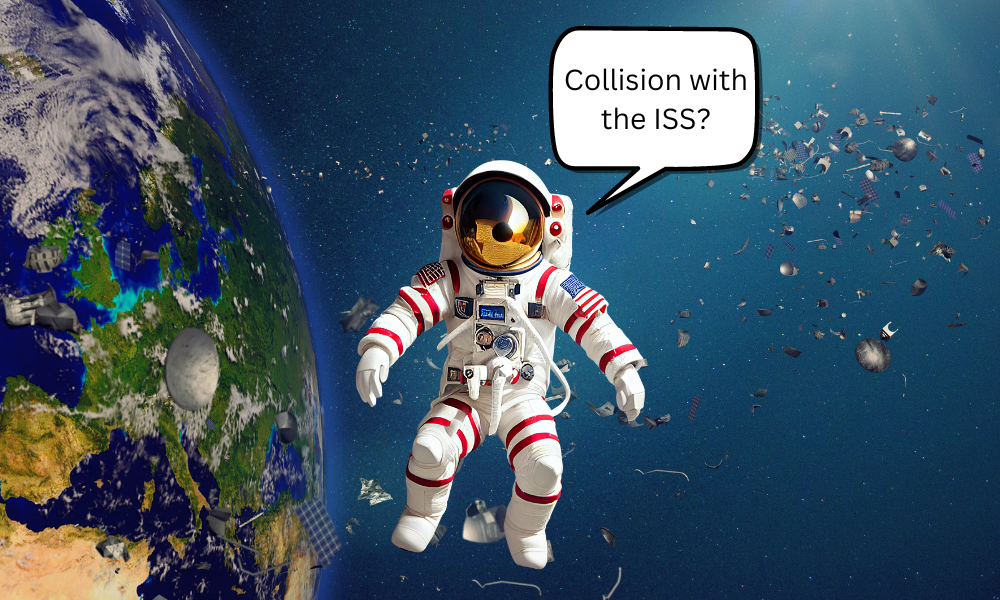
You will be surprised to know that our lovely planet is surrounded by trash. Yes, you heard it right! It’s surrounded by man-made space debris not cleared by various international space research organizations including NASA. So what exactly is space debris? Well, space debris is nothing but defunct or non-functioning space machinery that keeps orbiting our planet. Examples include dead satellites, rocket boosters, discarded parts of a defunct spacecraft, etc.
What’s the fix?
The greatest threat is posed to orbiting space laboratories such as the International Space Station (ISS). By the way, did you know that the International Space Station has to constantly tweak its orbit to avoid deadly collisions with orbiting space junk?
A recent letter published in the journal Science proposes a novel solution. According to the proposal, countries whose space organizations are responsible for generating space junk, must also make it a point to clear it from our planet’s orbit. The proposal is basically asking for international legislation to address the ever-growing issue of man-made space trash. If approved and implemented, the legislation is expected to make a positive impact on future space missions. For example, every time NASA or China’s space research agency launches a satellite into orbit, it also needs to ensure that the satellite enters safely into a (lower/higher) “non-critical” orbit or safely crashes into an ocean after it becomes non-functional.
International space legislation
Humans are good at creating trash. However, this newly proposed legislation may now empower a totally new international policing agency (e.g., International Agency for the Removal of Space Debris or “IARSD”) to punish countries that forget to flush. The number of satellites orbiting our planet is expected to increase to 60,000 by the year 2030. This proposal, therefore, needs to be considered seriously.
Subscribe to SciTech Vault for research that matters. Check this video too.
SciTechVault.com reviews, simplifies, and communicates research that matters. We diligently go through published (high-quality) scientific research from across disciplines, understand the underlying concepts, and authoritatively communicate the same to our target audience in a unique, simplified, and engaging manner. We also create scientific content for our YouTube channel. Did you get a chance to check out some of our recent scientific communications?
By the way, did you know that two brilliant physicists engineered the heat-seeking AIM-9 Sidewinder missile that brought down the Chinese spy balloon?
Space
Martian Rock that Landed on Earth Contains Organic Compounds
The Martian meteorite “Tissint” that landed in Morocco more than 11 years ago may reveal interesting facts
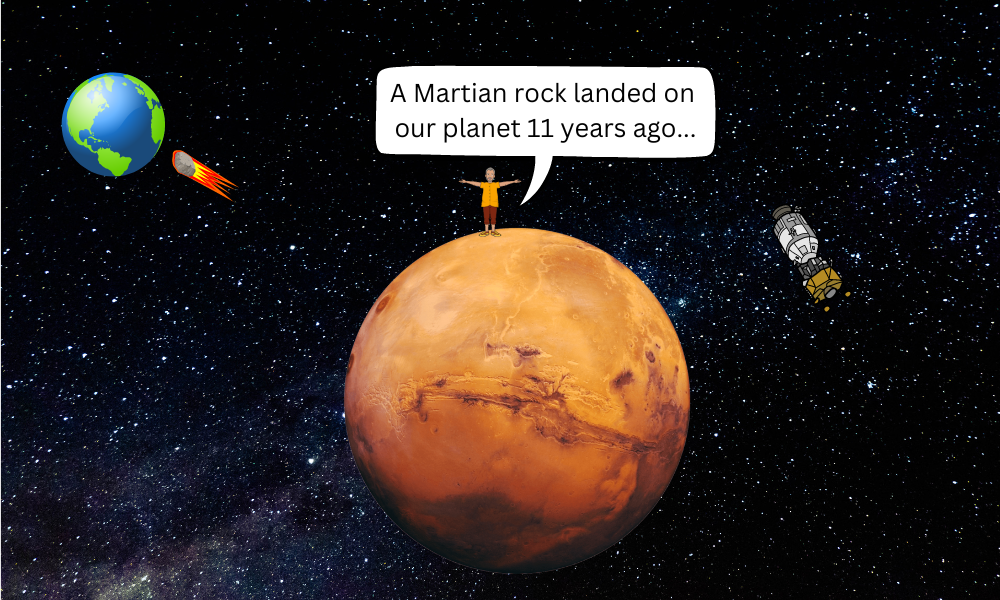
Harper loved gardening. One fine day, while she was busy gardening, she heard a distinct sound near the periphery of her garden. Harper could not believe what she saw. A big brown rock, the size of a deformed football, had landed into her nicely maintained garden. Luckily, there was no visible damage. Without a moment’s delay, Harper called her husband Gabriel, who was an amateur astronomer.
Harper: “Honey, I think we just hit the jackpot!”
Gabriel: “Really? How?”
Harper: “There’s a huge rock in our garden. Perhaps a divine gift from space.”
Gabriel: “What are you talking about, Harper?”
The meteorite in Harper’s garden
Harper: “You heard it right, Gabriel. There’s a meteorite worth thousands of dollars sitting near the periphery of our garden. I am glad it didn’t land on the highway nearby.”
Gabriel: “Do you know what would have happened in that case?”
Harper: “What?”
Gabriel: “The Smithsonian Institute would have been its rightful owner. That’s what the law says. But because it landed in our garden, we can own or sell it. Of course, we will neither own nor sell it. We will simply donate it. I hope you agree with me on this. By the way, did you know that a meteorite that landed in Africa about 11 years ago came from Mars? A team of scientists published a paper on this mysterious Martian space rock quite recently.”
Harper: “That’s interesting! Tell me more about it, honey.”
How did the Martian rock land in Africa?
Gabriel: “Well, an unknown violent event ejected a Martian rock that was formed hundreds of millions of years ago on the red planet. The ejected rock eventually flew into our planet’s orbit and crashed somewhere in Morocco nearly 11 years ago.”
Harper: “What is this meteorite primarily made up of?”
Gabriel: “Scientists analyzed the space rock and published a report in Science Advances. According to them, the meteorite is made up of complex carbonaceous material that contains aldehydes, olefins, carboxylic acids, polyaromatics, and organomagnesium compounds. It probably means that there was life on Mars, once upon a time.”
Harper: “How is the presence of these compounds associated with the likely existence of life on Mars?”
Life on Mars?
Gabriel: “Organic compounds are mostly made up of carbon, hydrogen, oxygen, nitrogen, and sulfur. At times, they contain other elements too. Moreover, organic compounds are commonly associated with life and that’s exactly why scientists speculate that life once existed on Mars. Of course, the mere presence of organic compounds does not automatically mean that there was life on Mars. However, it definitely increases the odds. A recent paper published in Science says that organic compounds also form abiotically when water and rocks interact with each other for long durations. If that’s the case, then it simply means that life never really existed on Mars.”
Harper: “Got it! Before I get back to work, let me ask you one more question: What’s the difference between a meteor, a meteorite, a meteoride, and an asteroid?”
Know the difference
Gabriel: “Any pebble-sized object entering the earth’s atmosphere is referred to as a “meteoride.” Anything larger than that, but smaller than a planet, is referred to as an “asteroid.” When meteorides completely burn in our planet’s atmosphere, they are referred to as “meteors.” However, if they somehow manage to survive the enormous heat and friction in the earth’s atmosphere and hit the ground, astronomers refer to them as “meteorites.” Did you know that most of the solar system asteroids are found in the asteroid belt between Mars and Jupiter? Of course, they are also found elsewhere. Meteorites are made up of silicates, iron-nickel, or both silicates and iron-nickel. Did you know that you are much more likely to be killed by another human than by a speeding meteorite?”
Harper: “No, I didn’t know that. Well, thanks for sharing all the information, honey.”
When space rocks land on people/their objects
Gabriel: “The pleasure is mine. By the way, did you know that in October 1992, a small meteorite that was nearly several billion years old, hit a parked car in Peekskill, New York? After the meteorite damaged the Chevy Malibu, it’s (the car’s) price went up by several thousand dollars. What a lucky car owner! In the year 1954, a meteorite injured a sleeping woman. Luckily, both the woman and her radio survived the incident. On a related note, ancient texts reveal how space rocks have hit and killed people. However, it is hard to prove or disprove these historic incidents now. Luckily, most meteorites safely land in seas or oceans because water bodies occupy more than 70% of our planet’s surface. Now that’s massively comforting, isn’t it?”
Supporting scientific research
Harper: “It is. See you in the evening, honey. Nice talking to you. I would be happy to donate the meteorite to a museum. We could donate it for free. However, if they give us money in return, then, of course, we will donate 100% of our earnings to a research laboratory. Scientists could use it to conduct high-quality research using modern methods. Tomorrow morning, I will contact some of the regional and national museums. Have a nice day and take care. Do you like my idea?”
Gabriel: “That’s a fair and legitimate idea. Let’s implement it. See you later, honey. Bye.”
Harper: “Bye, honey. Take care and I will see you in the evening.”
Are meteorites radioactive?
Meteorites are as radioactive as some of the other rocks found on our planet. However, astronomers hypothesize that a meteorite containing higher-than-normal amounts of radioactive isotopes might have started life of our planet. How? Well, according to the scientists, the excess radioactivity might have provided the “required energy” to the building blocks of life. However, there’s no easy way to corroborate this hypothesis.
Key takeaways
- Although meteorites can theoretically strike anytime/anywhere, the odds of a getting hit/injured by a space rock are negligibly low.
- If you are in the United States and you find a space rock on public land, then it technically belongs to the Smithsonian Institute (don’t try to steal or sell it, unless of course, you love talking to folks from the FBI).
Main reference
Journal: Science Advances | Title: Complex carbonaceous matter in Tissint Martian meteorites give insights into the diversity of organic geochemistry on Mars | DOI: 10.1126/sciadv.add6439
By the way, did you know that the smooth texture of melted chocolate offers sensory delights to our oral cavity?














































